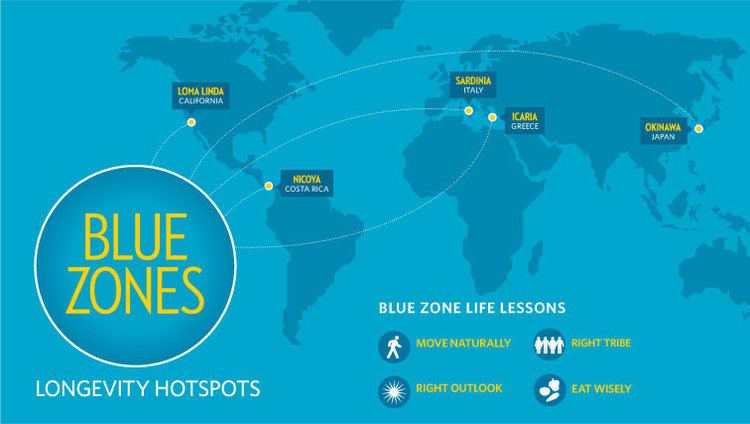 | ||
Blue zones secrets of a long life
Blue Zones is a concept used to identify a demographic and/or geographic area of the world where people live measurably longer lives. The concept grew out of demographic work done by Gianni Pes and Michel Poulain, who identified Sardinia's Nuoro province as the region with the highest concentration of male centenarians. As the two men zeroed in on the cluster of villages with the highest longevity, they drew concentric blue circles on the map and began referring to the area inside the circle as the Blue Zone.
Contents
- Blue zones secrets of a long life
- Blue zones lessons from people who ve lived the longest archelle georgiou at tedxumkc
- Zones
- Characteristics
- References

Together with demographer Michel Poulain author and Blue Zones.com founder Dan Buettner identified longevity hotspots in Okinawa (Japan); Sardinia (Italy); Nicoya (Costa Rica); Icaria (Greece). And among the Seventh-day Adventists in Loma Linda, California. He offers an explanation, based on empirical data and first hand observations, as to why these populations live healthier and longer lives.
Blue zones lessons from people who ve lived the longest archelle georgiou at tedxumkc
Zones
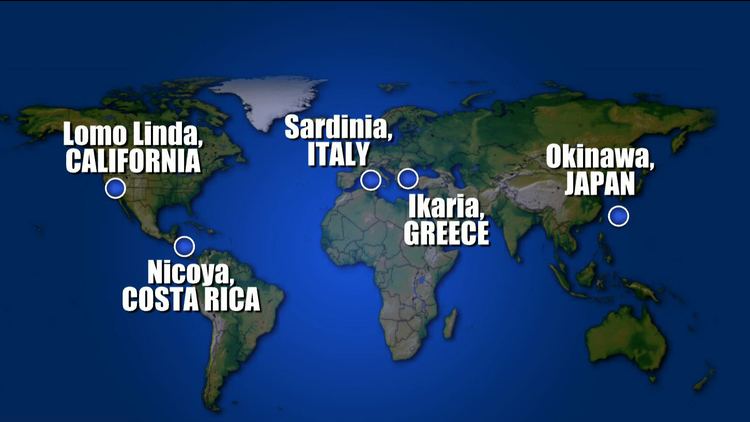
The seven regions identified and discussed by Buettner in the book The Blue Zones: Lessons for Living Longer from the People Who've Lived the Longest:
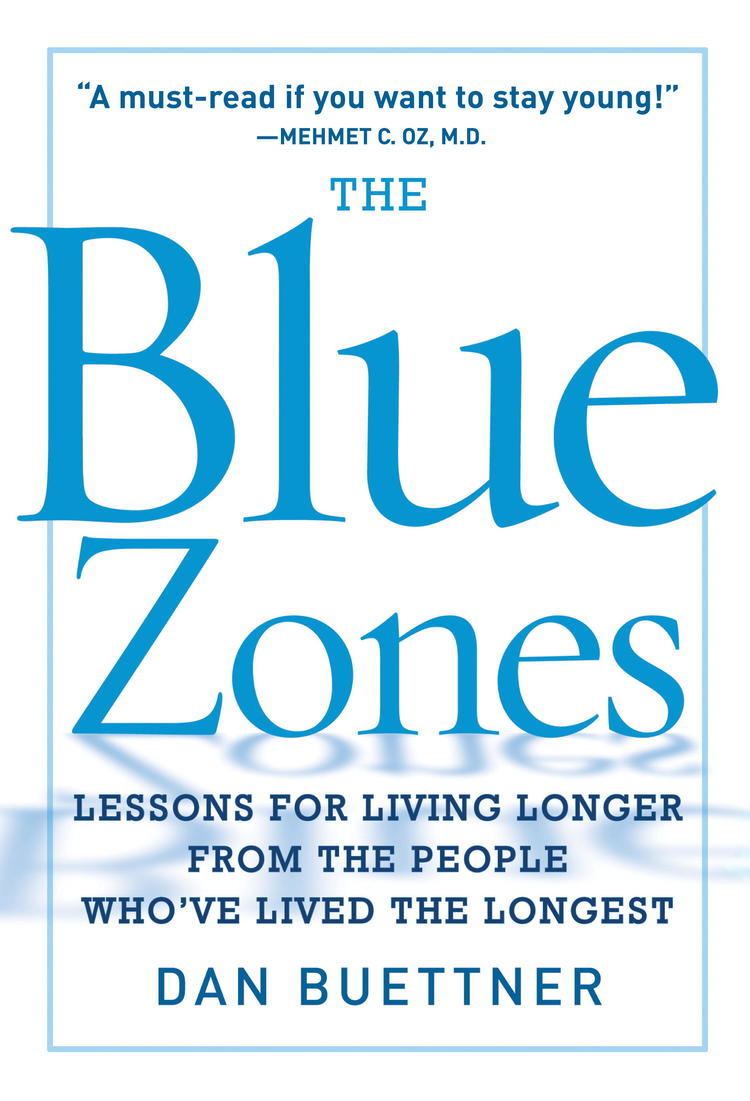
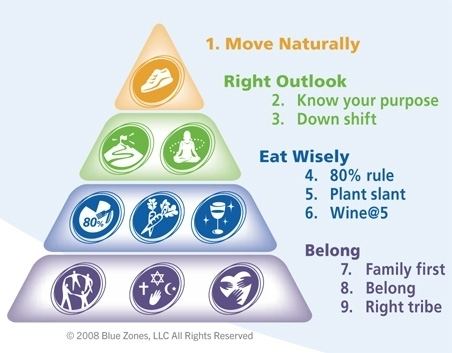
Residents of the first three places produce a high rate of centenarians, suffer a fraction of the diseases that commonly kill people in other parts of the developed world, and enjoy more healthy years of life.
Characteristics
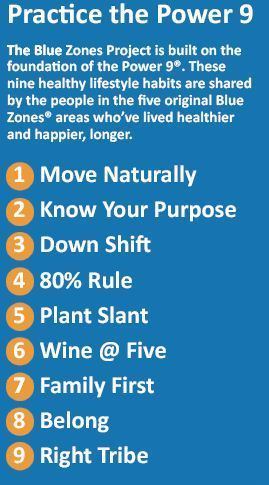
The people inhabiting Blue Zones share common lifestyle characteristics that contribute to their longevity. The Venn diagram at the right highlights the following six shared characteristics among the people of Okinawa, Sardinia, and Loma Linda Blue Zones:
Buettner in his book provide a list of nine lessons, covering the lifestyle of blue zones people:
- Moderate, regular physical activity.
- Life purpose.
- Stress reduction.
- Moderate calories intake.
- Plant-based diet.
- Moderate alcohol intake, especially wine.
- Engagement in spirituality or religion.
- Engagement in family life.
- Engagement in social life.
